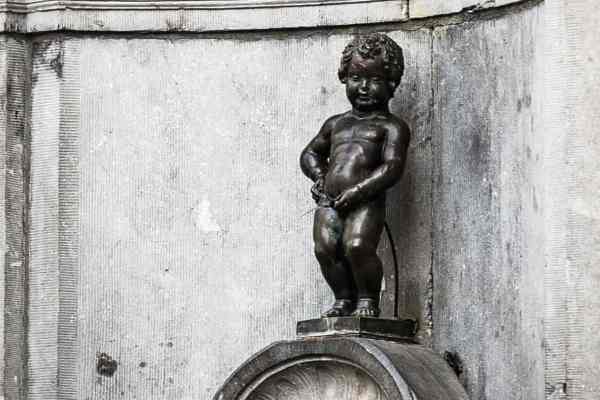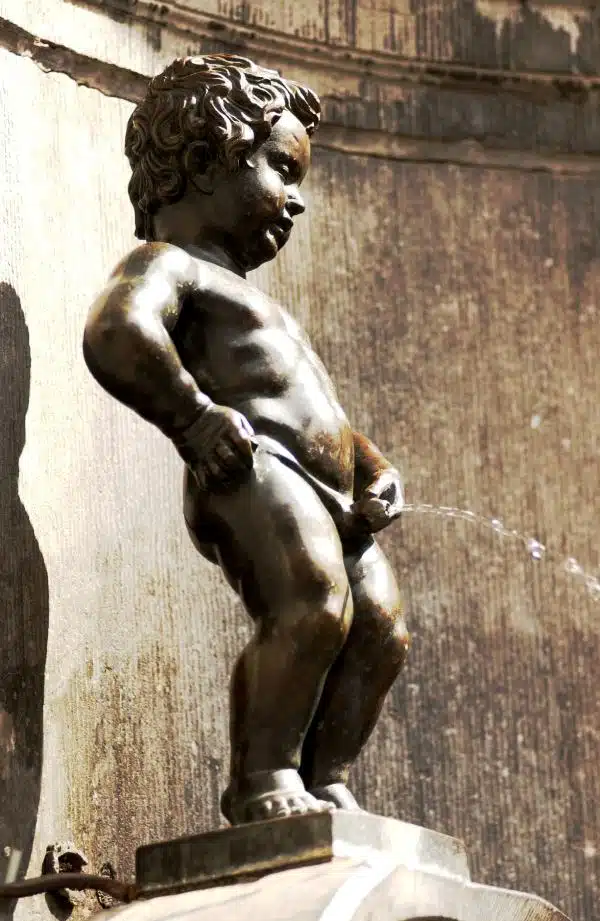
![]()
Brussels’ famed Manneken Pis statue now has a special channel installed to reuse the water it discharges. For four centuries the celebrated “peeing boy” has embodied the Belgians easy-going nature as according to many tourists blurbs.
However city officials have found out recently to their dismay that the bronze statue had been weeing fresh clean drinking water – 1,000 to 2,500 litres a day!, sufficient for ten households – directly into the city’s sewers. This week, a channel was constructed to gather the water being discharged to redirect it back to the statue.
At a later date, a permanent circuit will be fitted in keeping with the fountain’s location on a cobbled street close to the Grand Place in the medieval centre of the Belgian capital. The Manneken Pis is the work of the renowned baroque sculptor Jérôme Duquesnoy.
The Manneken Pis, which attracts thousands of tourists, is a copy of the 1619 original, located in the nearby city museum. Disputed references place its origins to a legend that troops loyal to Duke Godfrey III of Leuven put the then two-year-old nobleman in a basket in a tree, from where he urinated on enemy soldiers.
A 14th-century story suggests it's a tribute to a local boy named Julianske who had saved the city by urinating on a burning fuse lit by enemies trying to blow up its defensive walls.
The slight statue is dressed in clothes 130 times a year, and has more than 1,000 costumes. An American guidebook recently caused annoyance in Brussels when it named the Mannekin Pis as 'one of the world’s 45 most overrated' tourist attractions.

Mannequin Pis - Brussels. Credit: picturesofeurope.co.uk/Alamy